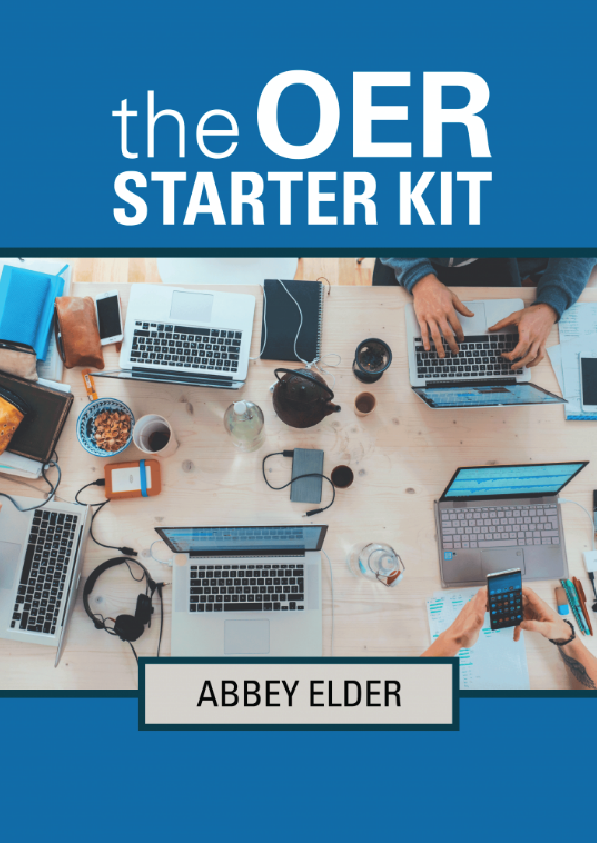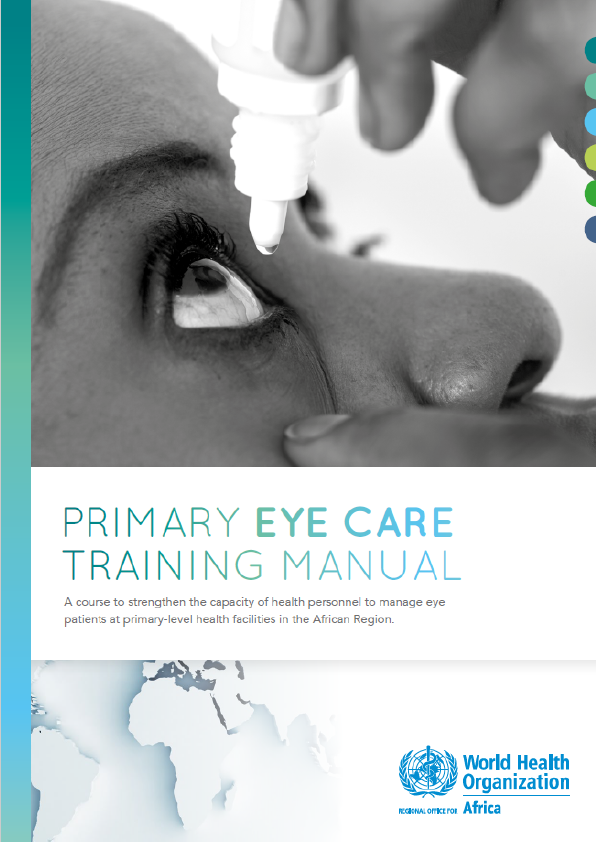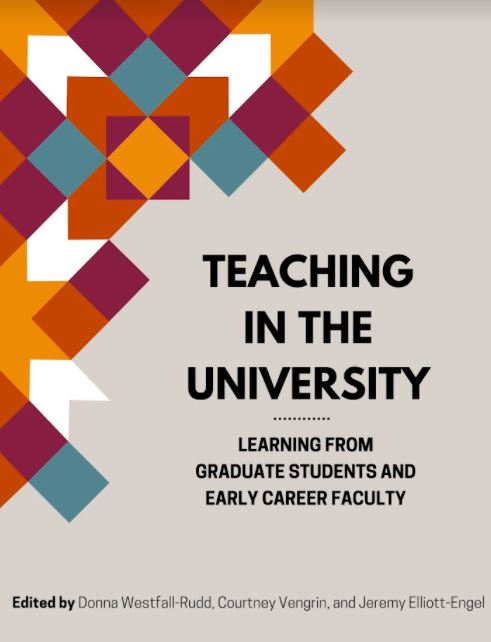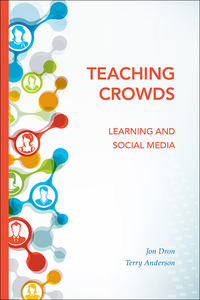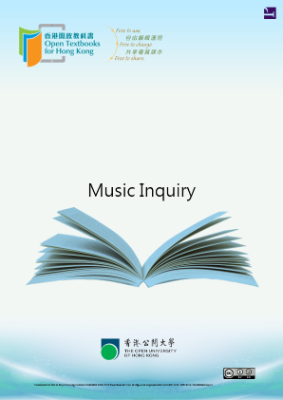Challenges of Using OER
There are many benefits to using OER in the classroom; however, there are also some drawbacks. The biggest challenge that instructors face when adopting OER is best encapsulated by the phrase “availability may vary.”
Subject Availability
Many of the largest OER projects funded over the past fifteen years targeted high cost, high impact courses to save students money. Because of this, most of the OER available today are for general education courses such as Psychology, Biology, and Calculus.
This does not mean that there are no OER available for specialized subject areas or graduate-level courses; however, there are more resources to choose from for instructors who teach Introduction to Psychology than for those who teach Electronic Systems Integration for Agricultural Machinery & Production Systems.
Note: This is beginning to change as more institutions begin publishing OER through regional and institutional grant programs.
Format & Material Type Availability
As with subject availability, the format and types of OER that have been developed over time have largely been targeted at high enrollment courses which could see substantial cost savings for students. There are many open textbooks available today, but fewer options for ancillary materials. You can find lecture slides, notes, and lesson plans online, but ancillary content such as homework software and test banks are harder to find.
Time & Support Availability
Although the other challenges to OER use are inherent to the resources themselves, this final drawback is a concern for you as a user and creator. It takes time and effort to find OER that might work for your course, and if you want to create and publish new resources, that takes exponentially more time.
Time constraints are always going to be an issue for instructors who want to try something new in their course. Luckily, there are resources available to help you locate, adopt, and implement OER. Contact your local OER expert on campus or your subject librarian if you need support.
This chapter has provided a brief overview of what OER are, why they are used, and the movement surrounding them. In the next chapter, we will review some items you should keep in mind when adopting or creating an OER for the first time.
How will using OER improve your course?
When integrating OER into your course, you have the opportunity to critically evaluate your methods and alter them to better meet your needs. One way to go about this is to use backward design for your project.
Backward design is a framework for planning your course around its intended outcomes.
There are three stages to the backward design process:
- Identify desired results,
- Determine acceptable evidence, and
- Plan learning experiences and instruction
You might notice that this approach does not end with “create and/or curate educational content.” Instead, it ends with more planning. The purpose of backward design is not to be done with your course transformation in a quick 3-step process. Instead, it asks instructors to question the processes and materials they currently use and to start over by plotting out what is needed to meet your course outcomes.
